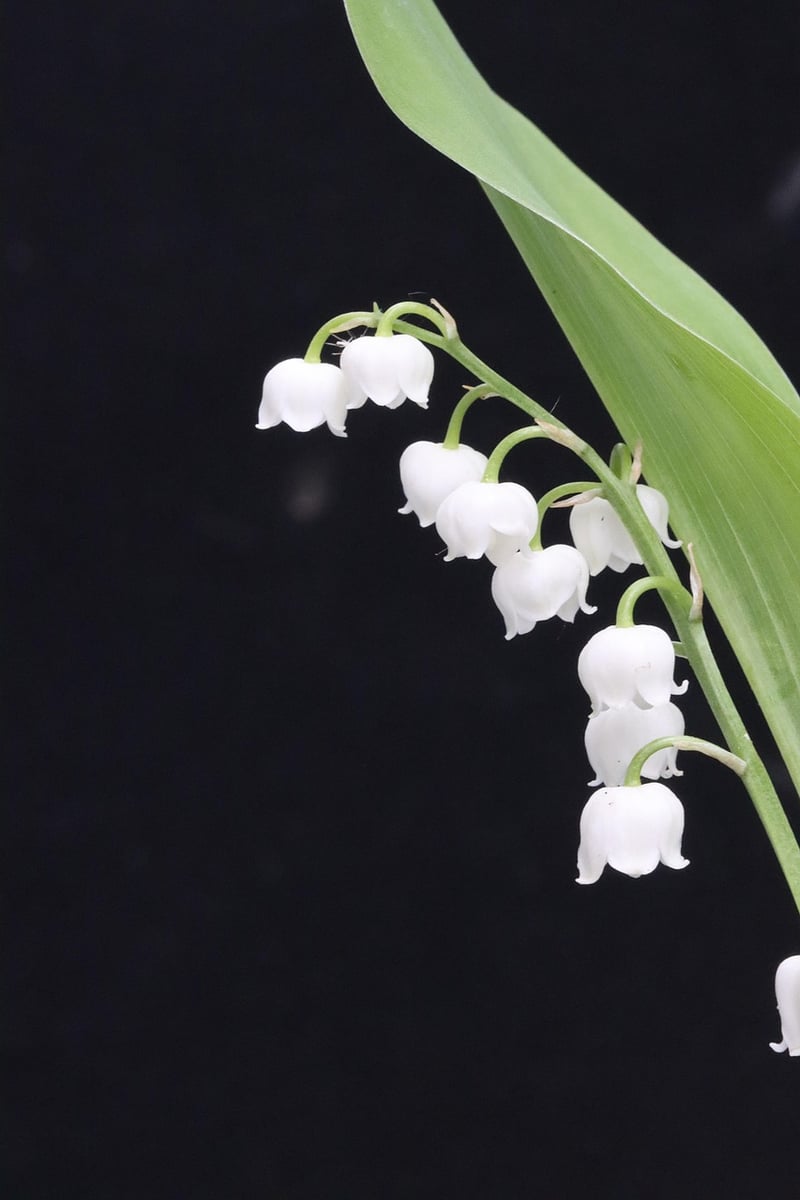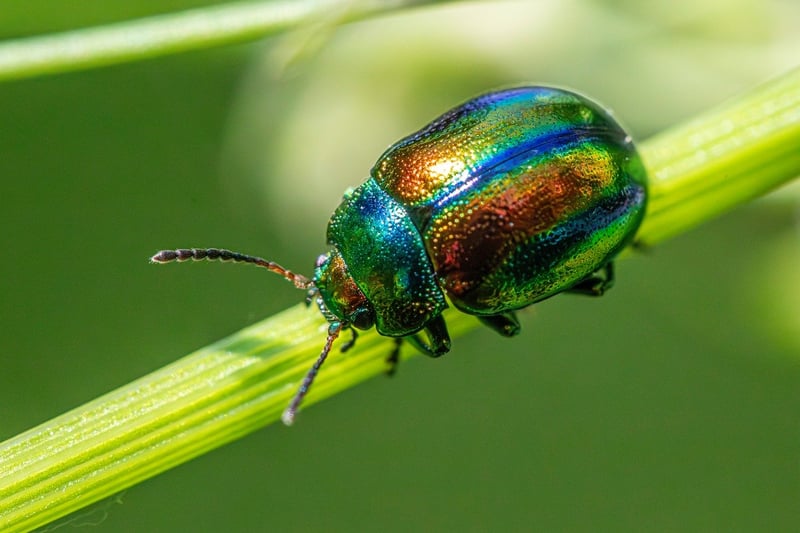Pest Control Methods
Essential Tips for a Healthy and Vibrant Vertical Garden
Introduction
Vertical gardens are a fantastic way to bring greenery into small spaces and add a touch of nature to urban environments. To ensure your vertical garden thrives, it's essential to follow some key tips for maintenance and care.
1. Choose the Right Plants
Not all plants are suitable for vertical gardens. Select plants that thrive in the available light conditions and are well-suited for vertical growth. Some popular choices include pothos, ferns, succulents, and spider plants.
2. Provide Adequate Watering
Vertical gardens can dry out quickly, especially in hot weather. Ensure your garden has a reliable watering system in place, such as a drip irrigation system, to keep the plants adequately hydrated.
3. Use Quality Soil
Choose a lightweight soil mix that promotes good drainage to prevent waterlogging. A high-quality potting mix designed for container plants is ideal for vertical gardens.
4. Regular Maintenance
Inspect your vertical garden regularly for signs of pests, disease, or nutrient deficiencies. Prune dead leaves, trim overgrown plants, and remove any weeds to keep your garden looking its best.
5. Monitor Light Levels
Ensure your vertical garden receives adequate light for the plants to thrive. Consider the orientation of your garden and adjust the plant selection based on the available light conditions.
6. Fertilize as Needed
Supplement the soil with a balanced fertilizer to provide essential nutrients to your plants. Follow the instructions on the fertilizer packaging and avoid over-fertilizing, which can harm your plants.
Pest Control Methods for Vertical Gardens
1. Neem Oil Spray
Neem oil is a natural insecticide that can help control common pests like aphids, spider mites, and whiteflies. Mix neem oil with water and spray it on affected plants to deter pests.
2. Insecticidal Soap
Insecticidal soap is effective against soft-bodied insects like mealybugs and scale insects. Spray the soap solution on the pests, making sure to cover both the tops and bottoms of leaves.
3. Beneficial Insects
Introduce beneficial insects like ladybugs or lacewings to your vertical garden. These natural predators can help control pest populations without the need for chemical insecticides.
4. Physical Removal
Inspect your plants regularly and manually remove any pests you find. Prune infested plant parts and dispose of them to prevent the pests from spreading to other plants.
5. Companion Planting
Plant pest-repelling herbs like basil, mint, or lavender near vulnerable plants in your vertical garden. These companion plants can help deter pests and protect your garden naturally.
By following these essential tips for maintaining a healthy vertical garden and implementing effective pest control methods, you can enjoy a vibrant and thriving green space in even the smallest of areas.

